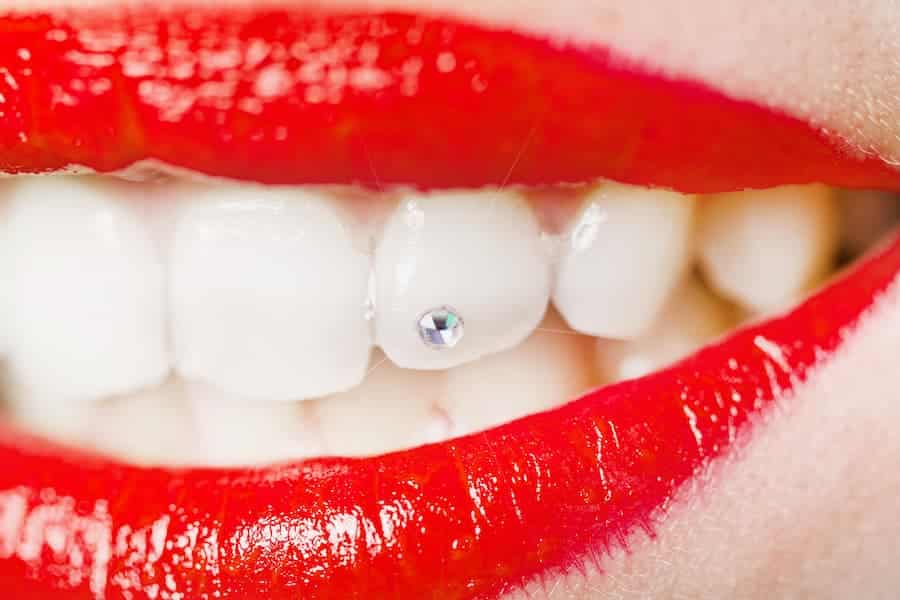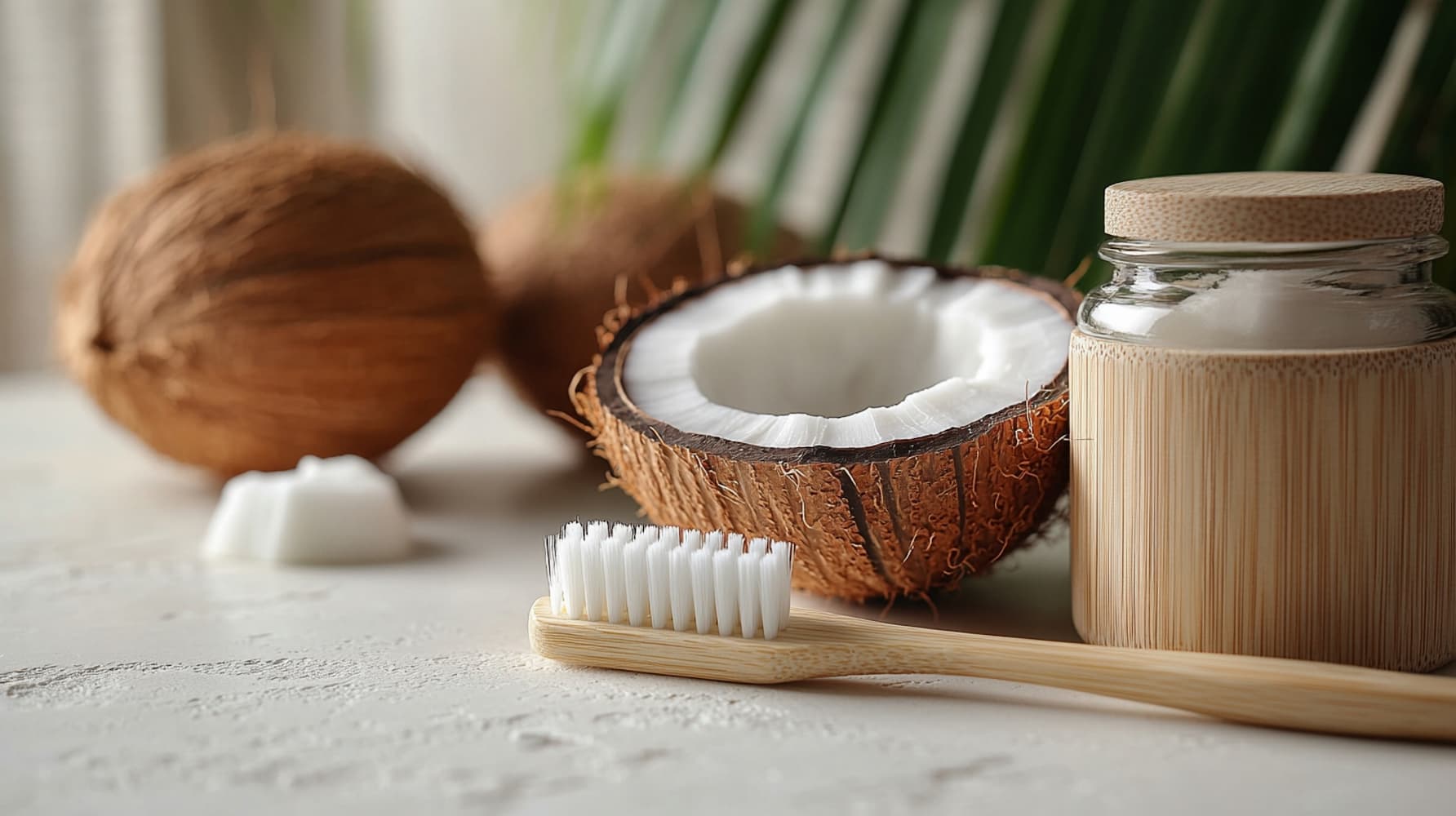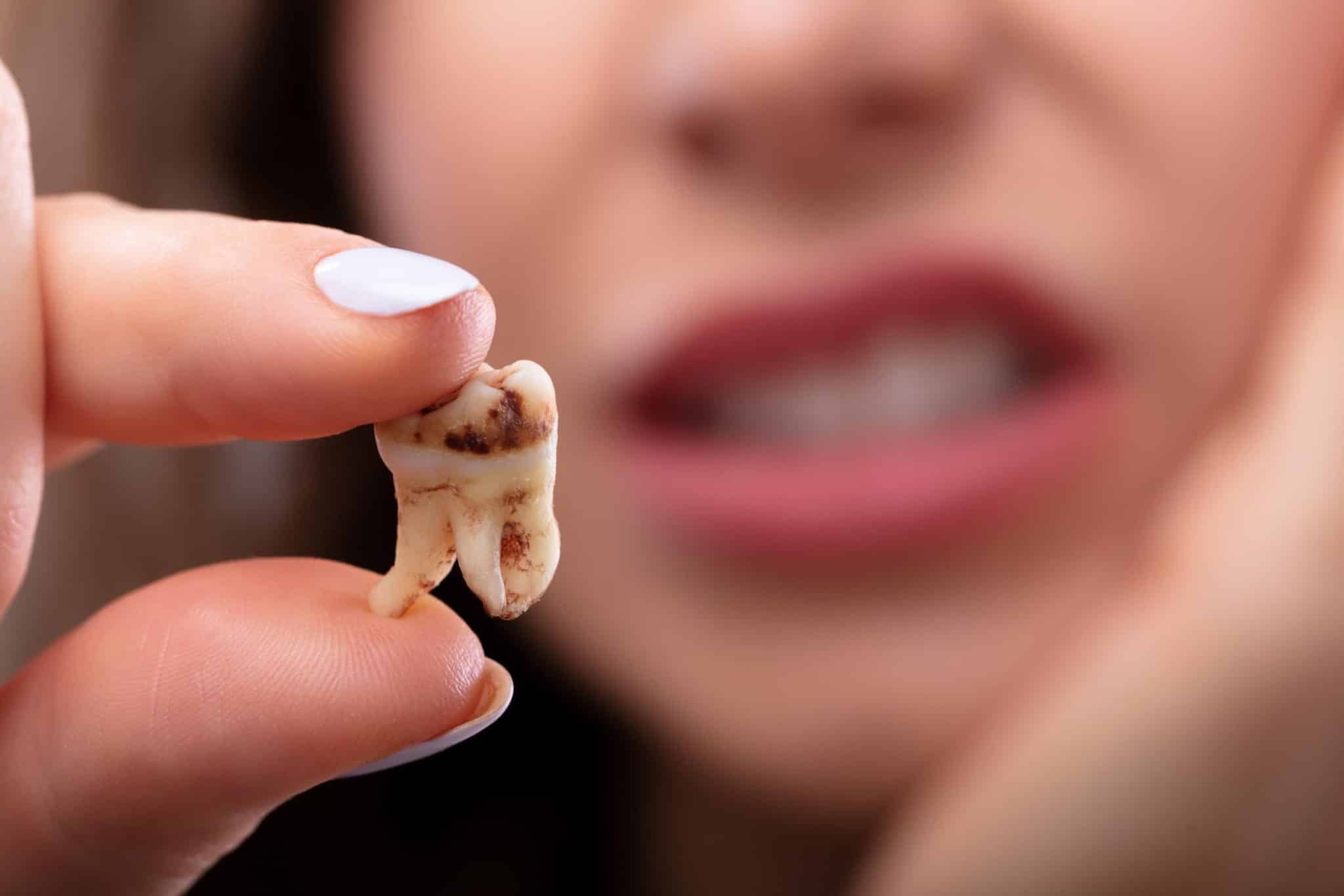In Summary
- A tooth gem is a cosmetic accessory fixed to a tooth without drilling (no cavity is made), often an incisor or a canine.
- They come in various shapes, materials (crystal, gold, diamond), and colors.
- The application is quick (10 minutes), painless, and performed by a professional using a specific adhesive.
- Its lifespan depends on oral hygiene, occlusion (how teeth fit together), and the quality of the application.
- Proper maintenance is essential to avoid detachment, irritation, or cavities.
- Not recommended under the age of 16 and DIY application/removal is discouraged.
Tooth alignment, whitening: there are many options to enhance a patient’s smile. Tooth gem application is purely aesthetic and adds a unique, personalized touch to your smile.

What is a tooth gem and how does it work?
A tooth gem is a form of decorative art for teeth—a small cosmetic accessory fixed to a tooth using a special adhesive.
A jewel to enhance your smile
Tooth gems are small dental jewels usually placed on an upper incisor (central or lateral) or canine for maximum visibility and aesthetic enhancement. Unlike oral piercings, tooth gems are non-invasive and do not require altering or drilling the tooth. They are bonded with a special adhesive that can be removed without damaging the tooth.
The different types of tooth gems
To enhance your dental aesthetics, you can choose from various types of tooth gems made of materials like diamond, crystal, or gold.
They also come in many shapes: diamond, oval, square, rectangle, star, or heart; and colors: crystal, blue, fuchsia, black, etc.
How is a tooth gem applied?
Tooth gem application involves several steps and is done in one session.
First, the hygienist cleans and prepares the tooth to ensure proper adhesion. A poorly cleaned or unhealthy tooth would not hold the gem effectively.
The application itself takes about ten minutes: the hygienist applies a non-toxic acid to create retention, followed by a special adhesive to fix the gem in place. UV light is typically used to harden the adhesive in seconds.
Finally, the session ends with personalized maintenance advice from the hygienist.
CHD Tip
Have your tooth gem applied by a professional to ensure a radiant smile without harming your enamel.
How long does a tooth gem last?
A tooth gem’s lifespan depends on several factors: the gem’s and application’s quality (which is why it’s important to go to a qualified hygienist or dentist), tooth occlusion (the way the teeth touch together), and habits regarding diet and oral hygiene. The more rigorous the hygiene, the longer the gem will last.
How to maintain a tooth gem daily?
To maintain both your gem and oral health, follow these rules:
- Maintain impeccable dental hygiene: brush two to three times a day and use dental floss.
- Limit foods or drinks that may dull the gem or your smile: coffee, tea, sticky, hard or spicy foods, smoking, alcohol.
- Avoid biting hard foods (like an apple) with the gem tooth.
- Visit your dentist or hygienist for regular check-ups (at least once a year).
- Wear protection for sports or activities that involve risk of impact.
CHD Tip
Brushing two to three times daily is the secret to prolonging your tooth gem’s shine.
Tooth gems and oral health: are there any risks?
The main risk is damaging the tooth enamel during application or removal. Using a professional reduces this risk.
Other risks include:
- Mucosal irritation from the gem’s friction.
- Plaque buildup around the gem, which can lead to dental diseases (like gingivitis or cavities).
- Allergic reactions to the gem materials or adhesive.
FAQ
Do tooth gems damage teeth?
If applied and removed by a professional and combined with excellent oral hygiene, tooth gems usually do not harm teeth.
Can you drink coffee or tea with a tooth gem?
It’s recommended to wait at least 48 hours after application before consuming staining drinks. After that, moderate consumption is fine if you follow your hygienist’s advice.
Are tooth gems suitable for children and teenagers?
It’s not advised to place a gem on a tooth with enamel still forming, as it may cause permanent damage. Dentists usually recommend waiting until at least age 16, often with parental consent.
Can you remove a tooth gem yourself?
While DIY kits exist, it’s highly recommended not to use them. Improper removal can irreversibly damage enamel. Always consult a professional.
What should I do if my tooth gem falls off while eating?
If the gem falls off, consult your dentist or hygienist to assess the tooth’s condition. They can determine the cause and advise whether to reapply a gem.


